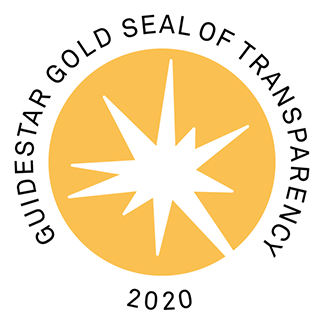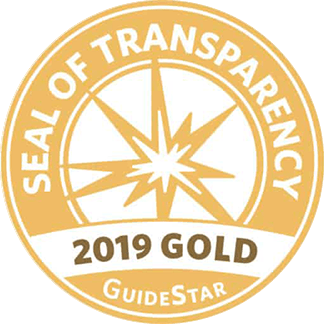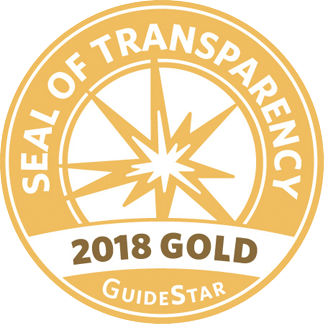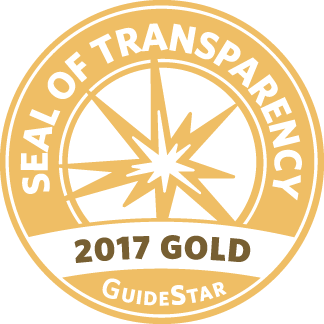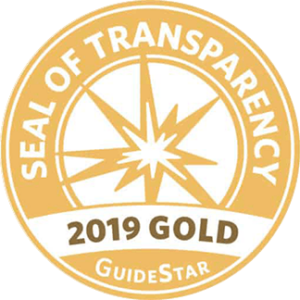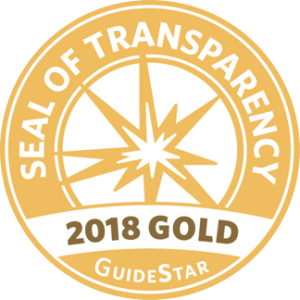In early March as COVID-19 was just beginning to spread in the U.S., we listed the 7 states and 11 cities and counties that give workers access to paid sick time that can be used when their workplace or child’s school or place of care is closed for a public health emergency. Since then, and as the COVID-19 pandemic rages on, an increasing number of jurisdictions have enacted emergency paid sick time laws. A Better Balance is tracking these emergency sick time developments nationwide.
As cases of the Coronavirus began to surge in March, Congress enacted the federal Families First Coronavirus Response Act (FFCRA), which among many other things, created emergency paid sick leave and emergency family leave. Emergency paid sick leave is up to 80 hours of paid sick time that can be used for several COVID-19 related purposes, including to care for a child whose school or place of care has been closed because of COVID-19. It’s available to most private sector workers who work for employers with less than 500 employees, as well as nearly all public sector workers. Emergency family leave is up to 12 weeks of leave (10 paid) that can be used when a worker is unable to work (or telework) because they need to care for a child whose school or place of care has been closed, or whose care provider is unavailable, in relation to the coronavirus. Emergency family leave is available to most workers who work for private sector employers with less than 500 employees or a state or local government employer and have been employed by that employer for at least 30 days. Both emergency paid sick leave and emergency family leave became available to workers beginning April 1, 2020, and will no longer be available after December 31, 2020. For more information about the FFCRA, click here.
Also with the beginning of the school year quickly approaching, the following places have enacted new emergency sick time measures—in addition to the permanent laws mentioned here—that specifically give workers emergency sick time that can be used for school closures (amongst other purposes):
- Colorado*
- Washington, D.C.
- Long Beach, CA
- Los Angeles County, CA
- City of Los Angeles, CA (via mayoral order)
- Oakland, CA
- Sacramento, CA
- San Francisco, CA
- San Jose, CA
- San Mateo County, CA
- Santa Rosa, CA
- Sonoma County, CA
* Colorado’s law creates three types of sick time (COVID-19 emergency paid sick time, regular accrued paid sick time, and paid sick time during a declared public health emergency) all of which cover school closures. Currently, only COVID-19 emergency paid sick time is available for workers, but workers may use regular accrued paid sick time and paid sick time during a declared public health emergency beginning January 1, 2021. For more information, click here.
Emeryville, CA and San Francisco, CA also released guidance explaining that paid sick time under their permanent sick time ordinances can be used to care for children whose schools or childcare providers have closed in response to a public health emergency.
To find out more about specific eligibility standards and paid sick time protections in your area, visit https://www.abetterbalance.org/paid-sick-time-laws/. And for updates regarding other workplace rights in relation to COVID-19, visit https://www.abetterbalance.org/covid19/.


